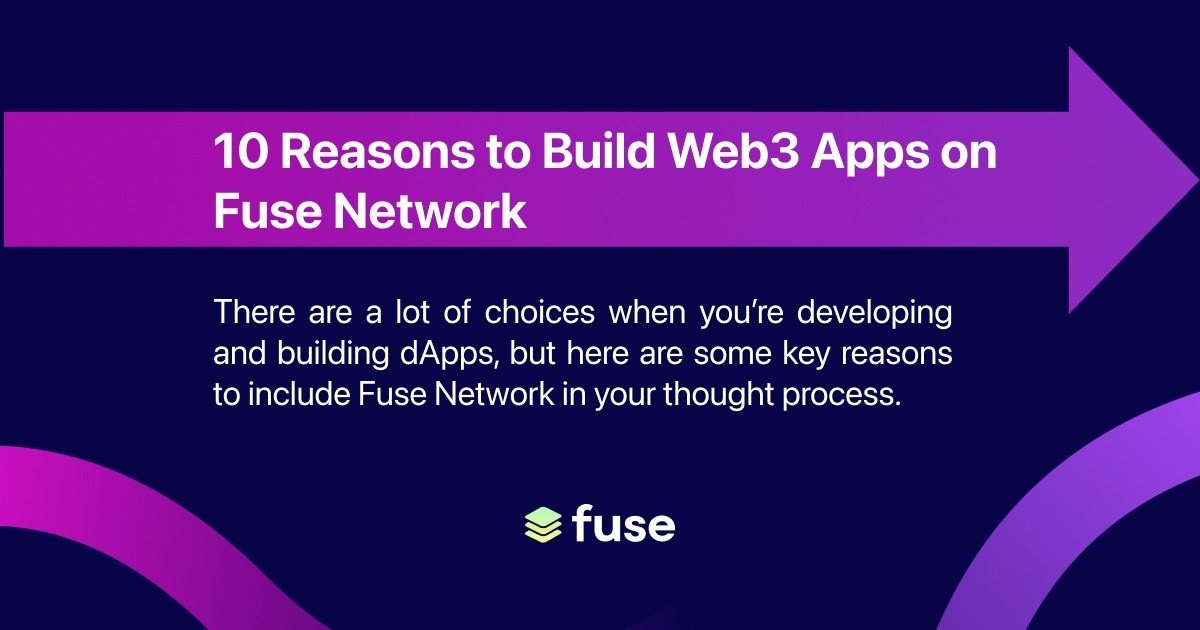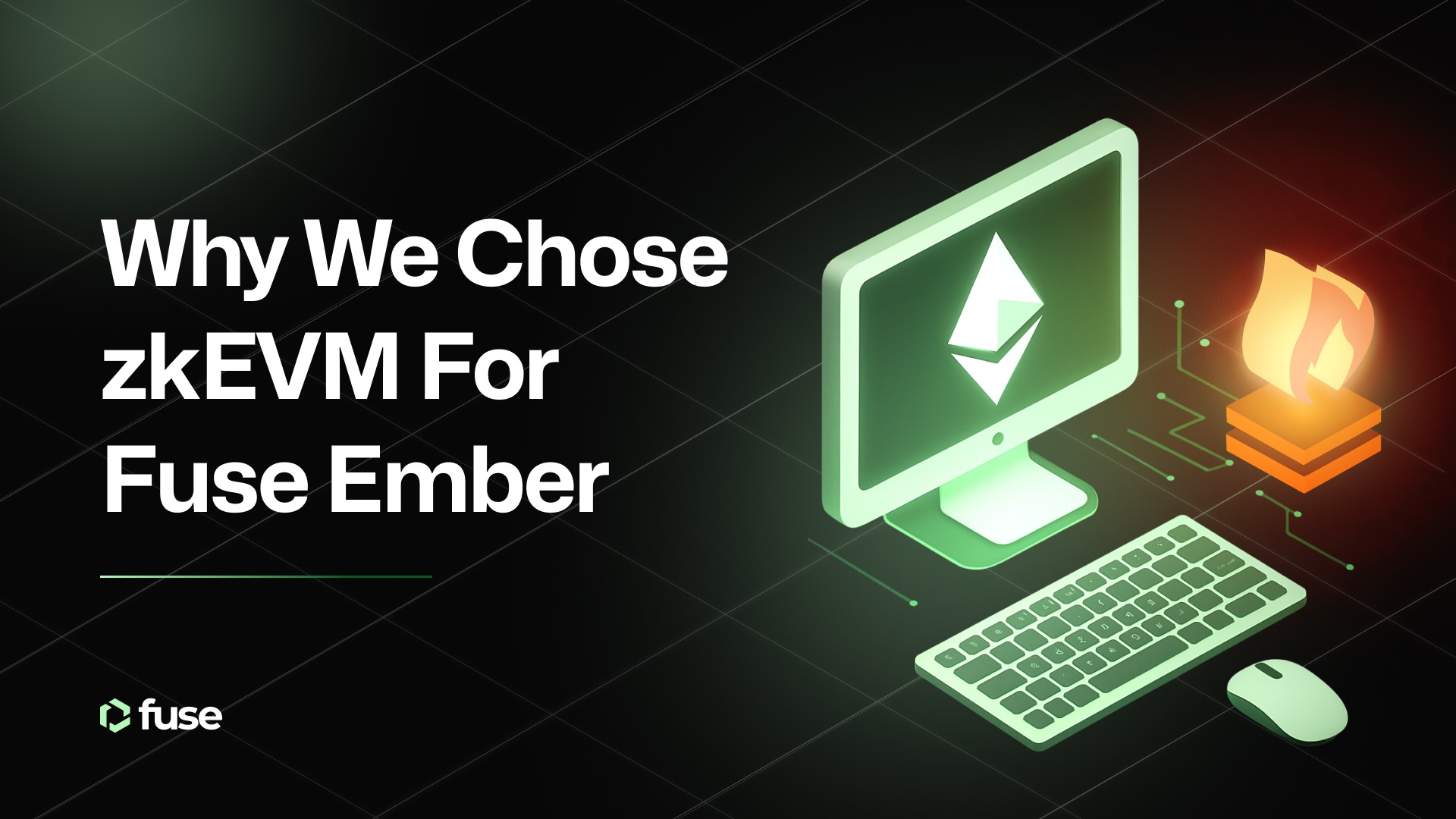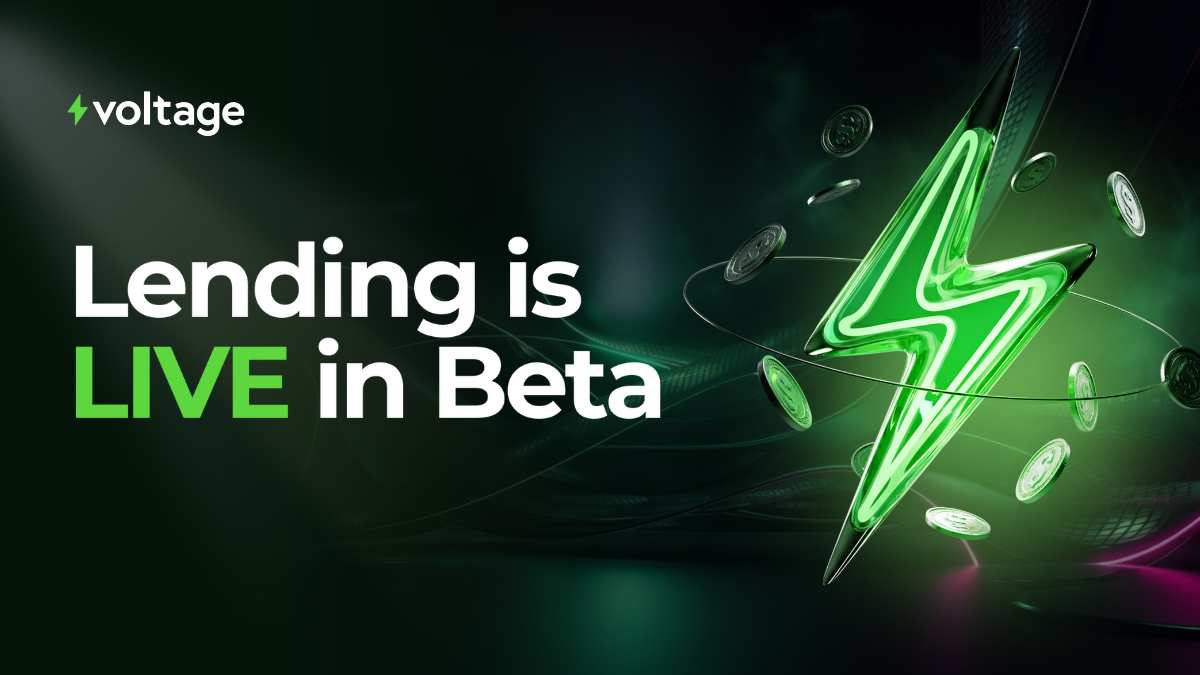There are a lot of choices when you’re developing and building dApps, but there are some key reasons to include Fuse Network in your thought process. The blockchain ecosystem is fast, scalable, respects privacy, and, most importantly, provides a host of out-the-box solutions to enable dApps to scale.
With so many choices for dApp developers on offer, it can sometimes be challenging to make a decision. While some offer solid marketing and developer support, others provide exorbitant grants and access to tech. Ideally, developers look for the best fit, support, and route to market.
What is Fuse Network?
Fuse Network is the decentralized Ethereum Virtual Machine (EVM) compatible layer-1 public blockchain that powers the Fuse platform and ecosystem. It is fully compatible with Ethereum, meaning that Ethereum smart contracts can be deployed there and run on top of the Fuse Network. Any dApp built on an EVM-compatible blockchain such as Ethereum, BNB Chain, Polygon, and more can launch on Fuse very quickly.
Fuse Network’s framework allows organizations to focus on reaching and scaling their customers while spending less time and energy on IT. The network is an adapted design allowing for easy and low-cost transactions, a more efficient alternative to traditional cash or cashless payments.
Fuse represents a solid choice for dApp developers looking to build DeFi, Play-2-Earn gaming, utility, social and NFT dApps. We’ve compiled a list of ten reasons to build dApps on Fuse Network. For more information and to speak to somebody at Fuse about the support available to developers, just drop us a message here.
1. EVM compatible
Fuse Network is fully compatible with Ethereum, meaning that Ethereum smart contracts can be deployed and run on top of the Fuse Network. Moreover, any dApp built on an EVM-compatible blockchain such as Ethereum, BNB Chain, Avalanche, Fantom, Polygon, and more, can launch on Fuse very quickly.
From a functional point of view, EVM is relatively extensible and can solve all the problems you give it. And because of its non-tamperable nature, it is also reliable regarding operating results.
Solidity runs on the Ethereum Virtual Machine (EVM) as a high-level language for smart contracts.
The design purpose of Solidity is to provide a unified logic for the blockchain so that the same code can run on each node of the blockchain. With the help of consensus algorithms, the blockchain data can be changed in a unified way to achieve consistent results across the globe.
Solidity is arguably the best choice for developing new smart contract projects as it provides builders with a robust ecosystem of tools, documentation, and examples. In a nutshell, build dApps on the de facto standard for the blockchain.
2. Low fees and fast transactions
Give end-users a Web2-like experience with low fees and lightning-fast transactions, and they may well be happy to transition to the web 3 world. The Fuse Network blockchain offers fast confirmation times of five seconds on average, and for all practical purposes a transaction can be considered finalized after just one confirmation. Fuse Network’s block gas limit has recently been raised to 20 million, which means that the chain can now process hundreds of transactions per second.
It is also worth mentioning that average transaction fees on Fuse are still way below one cent, and while they have recently been raised, they are still comfortably low.
3. Easy user onboarding
dApp builders on Fuse can integrate Fuse wallets to remove blockchain complexity for end-users and ensure their journey is as smooth and logical as possible. By integrating our out-the-box smart contract wallet technology, builders can leverage Fuse wallets to abstract away complexity, such as the need for users to pay fees or manage private keys.
Another key success factor is the ability of users to quickly get fiat currencies converted to crypto using popular payment methods such as Visa, Mastercard and others. The integration with Ramp Network’s fiat on-ramp plugin means users can deposit funds with debit cards, SEPA transfers, and Apple Pay. Users in the APAC region can use the XanPool on-ramp provider.
In addition to this, the integration with Arcana Network means dApp builders in the Fuse ecosystem can plug a Google Mail login capability into their dApp. With around 1.5 billion users, Gmail login will smooth that vital onboarding process and mean less drop-off at that crucial moment.
4. Interoperable with other blockchains
Fuse Network offers full interoperability with other major chains, including bridges, cross-chain DEX, and bridge aggregators. In addition to Fuse’s native bridge usable from the Voltage Finance app, Fuse Network is also supported by Multichain, Connext, Allbridge, and Elk Finance multichain bridge platforms.
Instead of figuring out asset transfer and swap routes to or from Fuse alone, users can also rely on several DEX and bridge aggregators (asset routers), including Rango Exchange, Li.Fi and Via Exchange.
5. Powerful infrastructure integrations
Integrations with services such as The Graph, Pocket Network, DIA, Chainstack, Arcana, Ramp, and more ensure builders on Fuse Network get the infrastructure support they need from world-leading providers. Benefiting from the inherent security of Ethereum, developers in the Fuse ecosystem don’t need to compromise on safety, tooling, interoperability or UX, or because.
Moreover, these and more integrations mean that Fuse Network is ready to welcome dApps from all categories, whether you’re building an NFT ticketing solution, launching a PFP NFT collection, play-to-earn game, or DeFi yield farm aggregator.
6. Listed on the World’s dApp store
Fuse network dApps become instantly findable by more than a million monthly visitors to DappRadar, the world’s leading dApp analytics and tracking site. If the dApp performs well, it will receive organic news coverage and social media support from DappRadar. Additionally, climbing through the rankings to the top spot ensures that the most eyes are on your project.
7. Preparing for a mainstream audience
The DeFi industry has mostly failed to extend beyond the small community of tech-savvy, experienced crypto enthusiasts. Users frequently face excessive fees or complex user journeys, creating barriers to entry. Scalability and transaction-cost issues are solved using the layer-1 Ethereum Virtual Network-compatible Fuse Network blockchain.
Additionally, Voltage Finance is a native Fuse dApp and arguably the backbone of the ecosystem and built to tackle the mass-adoption obstacles facing DeFi head-on. With solutions like the consumer-facing Fuse Cash mobile wallet, users can exchange crypto assets in a slick, friendly interface with zero fees. Moreover, developers can integrate a white-label wallet into their dApp and give end users an easy time.
Other features include direct, mobile bank-to-crypto onboarding in 170-plus countries and interest earnings on the platform-native stablecoin, FuseDollar (fUSD). The platform aims to strike the ideal balance in serving highly experienced DeFi enthusiasts while ensuring that new entrants to the crypto and DeFi space are taken care of via user-friendly products and services.
8. Big fish in a small pond — for now
Projects that choose to launch on Fuse Network will play a pivotal role in bringing web3 into the mainstream. Fuse Network still has a relatively small ecosystem with tremendous growth potential, so dApps that find success can quickly become network leaders and gain more attention.
For example, there are more than 3500 dApps on BNB Chain and more than 1200 on Polygon. Would you rather compete there? Or find your feet on Fuse with full support and backing in a closed ecosystem, then go multichain once operations are stable? In essence, launching on Fuse Network ensures you become an essential contributor to the growth of the Fuse ecosystem.
9. Fuse’s B2B infrastructure for payments!
Since its launch, Fuse has been offering businesses and developers an infrastructure for plugging crypto-powered functionalities into real-world use cases. Initially encapsulated under the Fuse Studio backend and Fuse Wallet frontend, it enabled multiple projects to experiment and build on Fuse, including Bitazza, Peepl, Flambu, and Comunitaria.
As we wrote on these pages recently, the Fuse Labs team has recently brought the B2B infrastructure for payments under the umbrella of a new platform called Charge. The main goal of this move is to make the infrastructure particularly convenient to deploy for Web2 developers familiar with modern API-based app building.
10. Top VCs back Fuse
The Fuse Network blockchain and initial ecosystem development received seed round investment from multiple venture capitalists, including Aleph, Spark, and Collider. At the same time, a private sale was conducted with Faculty Capital, Atka Capital, TRGC, and Blockchain Founders Fund.
Blockchain Founders Fund was an early investor in the Fuse blockchain and has continued to support and guide since. BFF invests in early-stage Web3 and blockchain projects and has an impressive portfolio that includes leading web3 applications such as Splinterlands, Lunar Crush, Dogami, Limewire, Sendry, and Beatdapp. Moreover, they keenly see companies and projects looking to replace traditional payment rails and bring valuable services to end users.
.svg)
.svg)












